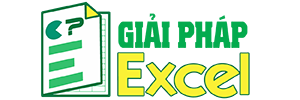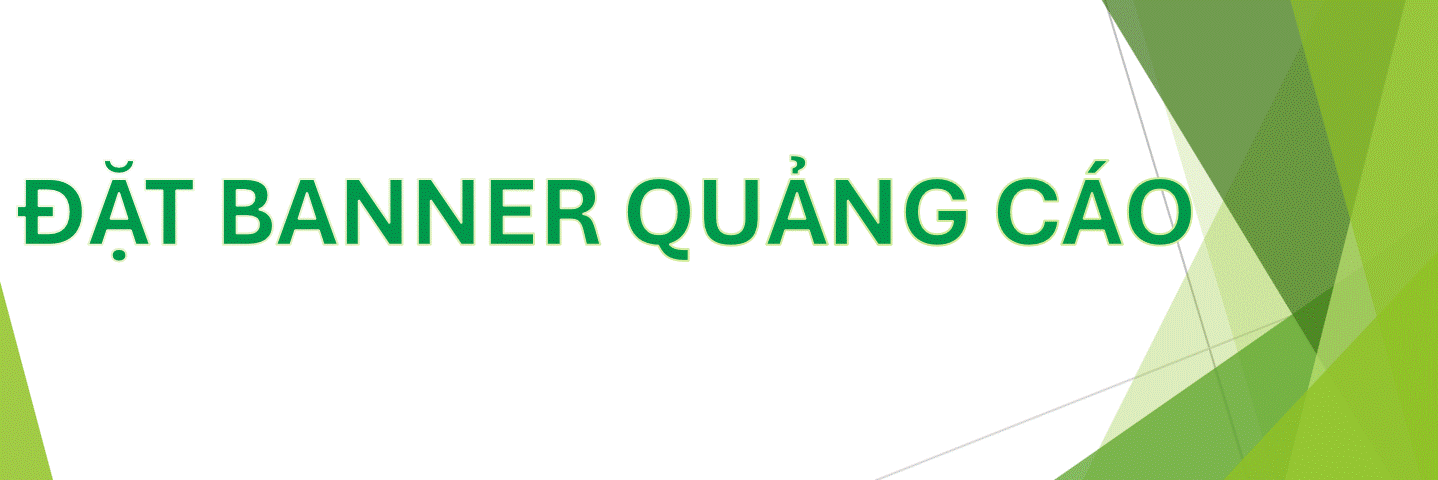- Tham gia
- 3/6/06
- Bài viết
- 1,611
- Được thích
- 14,002
- Nghề nghiệp
- ...thiết kế máy bay cho VOI tự lái...^.^
Bill Gates and Paul Allen had something different in mind. In the 1970's when M.I.T.S.'s Altair personal computer was being conceived Allen convinced Gates to help him develop a Basic Language for it. When M.I.T.S. answered with interest, The future of BASIC and the PC began. Gates was attending Harvard at the time and Allen was a Honeywell employee. Allen and Gates licensed their BASIC to M.I.T.S. for the Altair. This version took a total of 4K memory including the code and data used for a source code.
Gates and Allen then ported Basic to other various platforms and moved back to their hometown of Seattle where they had attended grade school together. It was at this time that the Microsoft Corporation began it's reign in the PC world. By the late 70's, BASIC had been ported to platforms such as the Apple, Commodore and Atari computers and now it was time for Bill Gates's DOS which came with a Basic interpreter. The IBM-DOS version of this interpreter became known as BASICA, and at the time IBM was in major competition with clones so it was setup to require the BIOS distributed with IBM computers. The version distributed with MS-DOS was GW-BASIC and ran on any machine that could run DOS. There were no differences between BASIC-A and GW-BASIC which seems to make IBM's idea useless.
Microsoft realized just how popular their BASIC interpreter was and decided to distribute a compiler so users could code programs that ran without an interpreter. QuickBasic was the solution Microsoft came up with. It was distributed on through the years until version 4.5. At this time Microsoft decided to release a product with more kick and started distributing PDS BASIC (Professional Development System) and ended it with version 7.1 (Also called QuickBasic Extended), PDS was a short lived idea and was not followed through to its true capabilities. [Though it was an improvement over QB4.5]. Microsoft got hooked on GUI's and started Visual Basic both a DOS and WIN version. The DOS version was ended at 1.0 with a professional update, Differences between VB for DOS and QB are not as much as one might think, in fact VB still compiles QB4.5 code and the professional edition will compile PDS7.1 Code. One last thing: PDS will compile to true OS/2 Code, VB-DOS Pro/std and QB4.5 will not.
Somewhere in the midst of all this a gentleman named Robert S. Zale had realized more of the Potential Basic was capable of and designed his own Compiler. Borland Inc. snatched this up and distributed it as TurboBasic, but Mr. Zale was soon to distribute his product on his own. It is now called PowerBasic and is up to version 3.1. PowerBasic is one of the more Powerful Compilers on the market and adds the idea of unsigned Variables along with Inline Assembly Language Code and several other nice additions to the Basic language. PB Inc. has also announced they will distribute an OS/2 version of PB and possibly a windows version, but claim they won't abandon their DOS users.
--------------------------------------------------------------------------------
Some other facts:
The first Basic considered to be a full language implemented on a microprocessor was Li Chen Wang's "Tiny Basic", which appeared in Dr. Dobbs.
Basic was the first product sold by Microsoft corporation, and also the first major case of software piracy - It was copied widely even before Microsoft made it available (Bill Gates lost track of a copy on paper tape during a computer show).
The name "BASIC" may have come directly or indirectly from the science of human languages. Before the second world war, C. K. Ogden wrote a series called "Basic English". This was a list of 850 English words which would serve to describe any other word in English (perhaps by using more than one).
Theo thời gian thể hiện như sau:
1/5/1964 Basic ->
_/7/1975 MS Basic ->
20/5/1991 Visual Basic 1.0 ->
_/3/1992 Visual Basic 2.0 ->
_/6/1993 Visual Basic 3.0 ->
_/9/1995 Visual Basic 4.0 ->
_/4/1997 Visual Basic 5.0 ->
16/6/1998 Visual Basic 6.0 ->
(Trong bộ Microsoft Visual Studio 6)
_/_/2001 Visual Basic 7.0/VB.Net
(Trong bộ Microsoft Visual Studio.Net gọi là "đọt nét")
Các bạn biết thêm là 1995 MS tung ra VB4.0 đã thêm vào môi một môi trường lập trình ứng dụng là VBE với ngôn ngữ lập trình là VBA - Visual Basic for Application với mục đích tăng sứac mạnh cho bộ Office.
Bill Gates và Paul Allen là 2 sáng lập viên đầu tiên của Microsoft. Allen là một trong những người giàu nhất nứac Mỹ, có công rất lớn trong BASIC nếu đo phải >=Bill nhưng bác Bill lại nổi tiếng hơn (trong phạm vi BASIC thời đó). Bill Gates lập trình ra BASIC khi còn 13 tuổi đang học trung học, không có một bằng cấp về IT. Nghe kể về Bill Gates, I chưa thấy ai mê mẩm lập trình và kinh doanh như bác ấy. Paul Allen thì tốt nghiệp bằng về IT. Khi ký được hợp đồng đầu tiên về bán BASIC cho máy tính Altair của MITS thì ông được mời về làm giám đốc PM cho MITS còn B.Gate vẫn ở quê. BASIC là sản phẩm đầu tay của Gates và là niềm tự hào của Ông.
Altair của MITS là chiếc máy tính đầu tiên trên thế giới với con chip 8080 do giám đốc tên là Richart(!?) tạo ra. cụm từ Personal Computer - PC cũng ra đời từ đây.
Gates and Allen then ported Basic to other various platforms and moved back to their hometown of Seattle where they had attended grade school together. It was at this time that the Microsoft Corporation began it's reign in the PC world. By the late 70's, BASIC had been ported to platforms such as the Apple, Commodore and Atari computers and now it was time for Bill Gates's DOS which came with a Basic interpreter. The IBM-DOS version of this interpreter became known as BASICA, and at the time IBM was in major competition with clones so it was setup to require the BIOS distributed with IBM computers. The version distributed with MS-DOS was GW-BASIC and ran on any machine that could run DOS. There were no differences between BASIC-A and GW-BASIC which seems to make IBM's idea useless.
Microsoft realized just how popular their BASIC interpreter was and decided to distribute a compiler so users could code programs that ran without an interpreter. QuickBasic was the solution Microsoft came up with. It was distributed on through the years until version 4.5. At this time Microsoft decided to release a product with more kick and started distributing PDS BASIC (Professional Development System) and ended it with version 7.1 (Also called QuickBasic Extended), PDS was a short lived idea and was not followed through to its true capabilities. [Though it was an improvement over QB4.5]. Microsoft got hooked on GUI's and started Visual Basic both a DOS and WIN version. The DOS version was ended at 1.0 with a professional update, Differences between VB for DOS and QB are not as much as one might think, in fact VB still compiles QB4.5 code and the professional edition will compile PDS7.1 Code. One last thing: PDS will compile to true OS/2 Code, VB-DOS Pro/std and QB4.5 will not.
Somewhere in the midst of all this a gentleman named Robert S. Zale had realized more of the Potential Basic was capable of and designed his own Compiler. Borland Inc. snatched this up and distributed it as TurboBasic, but Mr. Zale was soon to distribute his product on his own. It is now called PowerBasic and is up to version 3.1. PowerBasic is one of the more Powerful Compilers on the market and adds the idea of unsigned Variables along with Inline Assembly Language Code and several other nice additions to the Basic language. PB Inc. has also announced they will distribute an OS/2 version of PB and possibly a windows version, but claim they won't abandon their DOS users.
--------------------------------------------------------------------------------
Some other facts:
The first Basic considered to be a full language implemented on a microprocessor was Li Chen Wang's "Tiny Basic", which appeared in Dr. Dobbs.
Basic was the first product sold by Microsoft corporation, and also the first major case of software piracy - It was copied widely even before Microsoft made it available (Bill Gates lost track of a copy on paper tape during a computer show).
The name "BASIC" may have come directly or indirectly from the science of human languages. Before the second world war, C. K. Ogden wrote a series called "Basic English". This was a list of 850 English words which would serve to describe any other word in English (perhaps by using more than one).
Theo thời gian thể hiện như sau:
1/5/1964 Basic ->
_/7/1975 MS Basic ->
20/5/1991 Visual Basic 1.0 ->
_/3/1992 Visual Basic 2.0 ->
_/6/1993 Visual Basic 3.0 ->
_/9/1995 Visual Basic 4.0 ->
_/4/1997 Visual Basic 5.0 ->
16/6/1998 Visual Basic 6.0 ->
(Trong bộ Microsoft Visual Studio 6)
_/_/2001 Visual Basic 7.0/VB.Net
(Trong bộ Microsoft Visual Studio.Net gọi là "đọt nét")
Các bạn biết thêm là 1995 MS tung ra VB4.0 đã thêm vào môi một môi trường lập trình ứng dụng là VBE với ngôn ngữ lập trình là VBA - Visual Basic for Application với mục đích tăng sứac mạnh cho bộ Office.
Bill Gates và Paul Allen là 2 sáng lập viên đầu tiên của Microsoft. Allen là một trong những người giàu nhất nứac Mỹ, có công rất lớn trong BASIC nếu đo phải >=Bill nhưng bác Bill lại nổi tiếng hơn (trong phạm vi BASIC thời đó). Bill Gates lập trình ra BASIC khi còn 13 tuổi đang học trung học, không có một bằng cấp về IT. Nghe kể về Bill Gates, I chưa thấy ai mê mẩm lập trình và kinh doanh như bác ấy. Paul Allen thì tốt nghiệp bằng về IT. Khi ký được hợp đồng đầu tiên về bán BASIC cho máy tính Altair của MITS thì ông được mời về làm giám đốc PM cho MITS còn B.Gate vẫn ở quê. BASIC là sản phẩm đầu tay của Gates và là niềm tự hào của Ông.
Altair của MITS là chiếc máy tính đầu tiên trên thế giới với con chip 8080 do giám đốc tên là Richart(!?) tạo ra. cụm từ Personal Computer - PC cũng ra đời từ đây.
(Trích bài của anh Tuanktcdcn)
Lần chỉnh sửa cuối:



